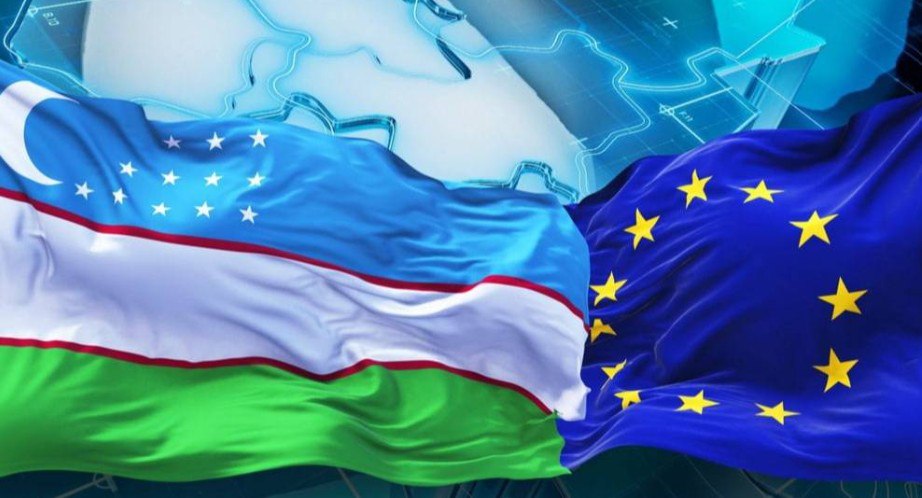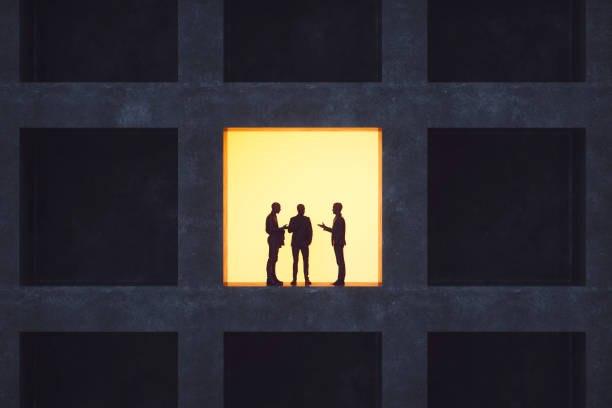EU and Uzbekistan Discuss Steps Toward Easing Visa Access
Uzbekistan’s Foreign Ministry has initiated the first round of consultations with experts from the European Commission’s Directorate-General for Migration and Home Affairs, according to the Dunyo news agency. The discussions focused on the potential easing of visa procedures for Uzbek citizens traveling to the European Union for purposes such as work, study, truck driving, or group tourism. Representatives from the European side outlined a number of preconditions Uzbekistan must fulfill before the European Commission can formally consider simplifying visa requirements. Both sides agreed to continue consultations in the coming period to advance the process. The talks follow President Shavkat Mirziyoyev’s official visit to Brussels on October 23-24, during which Uzbekistan and the EU signed an Enhanced Partnership and Cooperation Agreement. The new framework replaces the 1996 agreement and expands bilateral cooperation in trade, investment, digital technologies, environmental protection, and climate resilience. Negotiations on the updated agreement began in 2019 and concluded in 2022. While in Brussels, Mirziyoyev also held meetings with executives from leading European companies and financial institutions, including Linde, SUEZ, Meridiam, Commerzbank, and the European Investment Bank. The sides agreed to pursue new projects worth more than €10 billion across sectors such as energy, chemicals, logistics, critical minerals, textiles, and pharmaceuticals. These investments add to an existing EU-led project portfolio in Uzbekistan valued at more than €40 billion.






